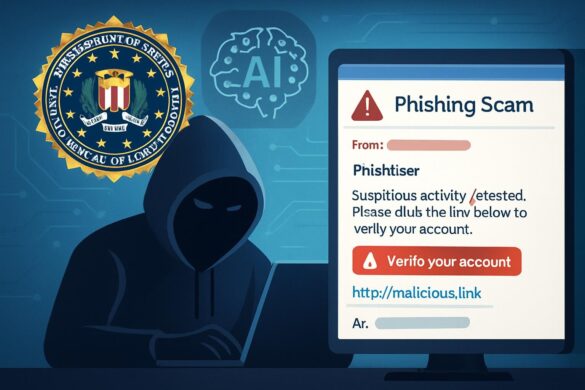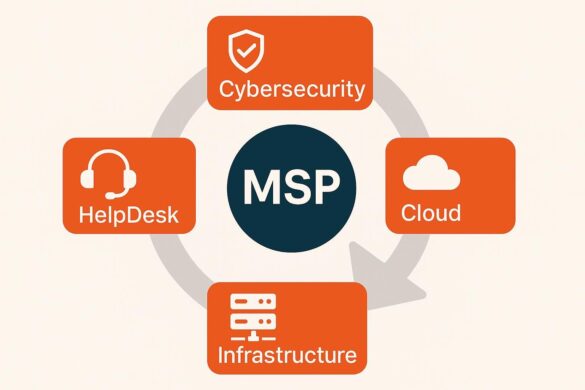Vishing and AI Voice Spoofing: The New Age Threats to Privacy and Security
In today’s digital age, where technology has become an integral part of our lives, the risks associated with cybercrime have escalated. Vishing and AI voice spoofing are two such growing threats that exploit human trust using advanced technological means.
Vishing: The Voice Phishing Menace
Vishing, or voice phishing, is a form of social engineering attack conducted over the phone. Attackers pose as legitimate entities—such as bank representatives or government officials—to deceive individuals into providing sensitive information. They often employ caller ID spoofing to appear as a trusted source, increasing the chances of the victim falling for the scam. The goal is to steal personal details like passwords, credit card information, and social security numbers.
These attackers typically create a sense of urgency or legitimacy by impersonating authority figures, using a technique known as pretexting to weave a believable narrative that prompts the victim to divulge confidential information. Common scenarios involve financial scams and fake tech support claims, leading to significant financial losses for the unsuspecting victim.
The rise of remote work has only heightened the risk of such attacks, with less secure communication channels being more prevalent. Despite being illegal, vishing is challenging to police due to the anonymity it affords the attackers.
To safeguard against vishing, public awareness is critical. Individuals must be cautious of unsolicited calls and verify the identity of callers through independent means before sharing any personal information.

AI Voice Spoofing: The Rise of Digital Impersonation
AI voice spoofing involves using artificial intelligence to mimic a person’s voice, creating convincing audio to pass as the real thing. While this technology has positive uses, it has a dark side when used for malicious purposes. AI-generated voices can impersonate trusted individuals to conduct phishing attacks or scam calls, bypass voice biometric security systems, spread disinformation, and even commit voice-based identity theft.
The creation of audio deepfakes, where a person’s voice is manipulated to say things they never actually said, is particularly concerning. This can have serious implications, from creating fake endorsements to influencing elections.
Organizations and individuals must exercise caution when responding to voice communications to combat these threats. Multi-factor authentication, updated security protocols, and awareness of AI voice spoofing risks are vital defenses against these sophisticated forms of cybercrime. Moreover, developing advanced voice authentication technologies and countermeasures is an ongoing process that significantly mitigates these threats.
The malicious use of AI voice spoofing can have far-reaching consequences. For instance, in politics, fake audio clips of public figures can be created to spread misinformation or cause reputational damage. In the financial sector, voice spoofing can lead to unauthorized access to accounts and fraudulent transactions. The sophistication of these AI-generated voices makes it increasingly difficult for individuals to distinguish between real and fake.
Given the potential for damage, awareness campaigns must be conducted to educate the public about the signs of AI voice spoofing. Organizations must also ensure employees are trained to recognize and respond appropriately to these threats. This includes being wary of voice instructions for money transfers or sensitive data disclosures and verifying the speaker’s identity through other channels.
In response to these evolving threats, researchers are developing more robust voice biometric systems that detect subtle nuances and inconsistencies in AI-generated speech. These systems are designed to flag any suspicious activity and prevent unauthorized access.
Integrating behavioral biometrics, which analyzes patterns in voice intonation and speech rhythm, is another promising avenue for enhancing security measures. Combining multiple layers of authentication makes it much harder for AI-generated voices to pass through the security checks.
In conclusion, as technology continues to advance, so do the methods employed by cybercriminals. Vishing and AI voice spoofing represent significant threats to personal and organizational security. We hope to stay one step ahead of these nefarious activities only through constant vigilance, education, and the adoption of advanced security measures.
For more detailed information on vishing and AI voice spoofing and to understand the current landscape of these threats, you can refer to a comprehensive resource provided here: TikTok Video Link.



